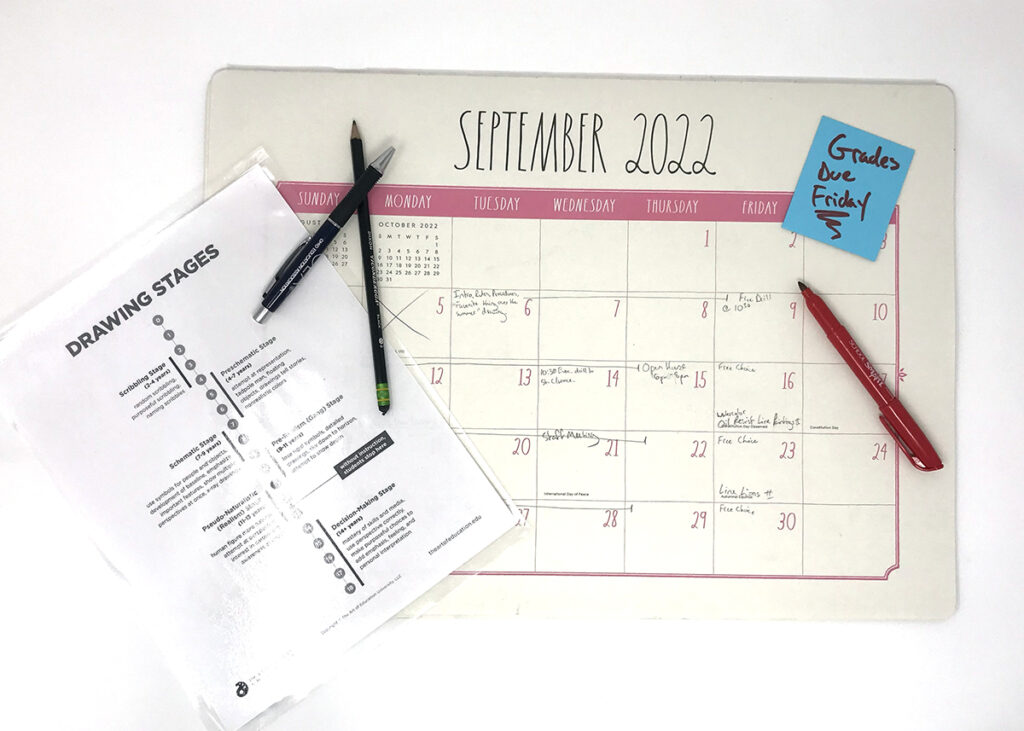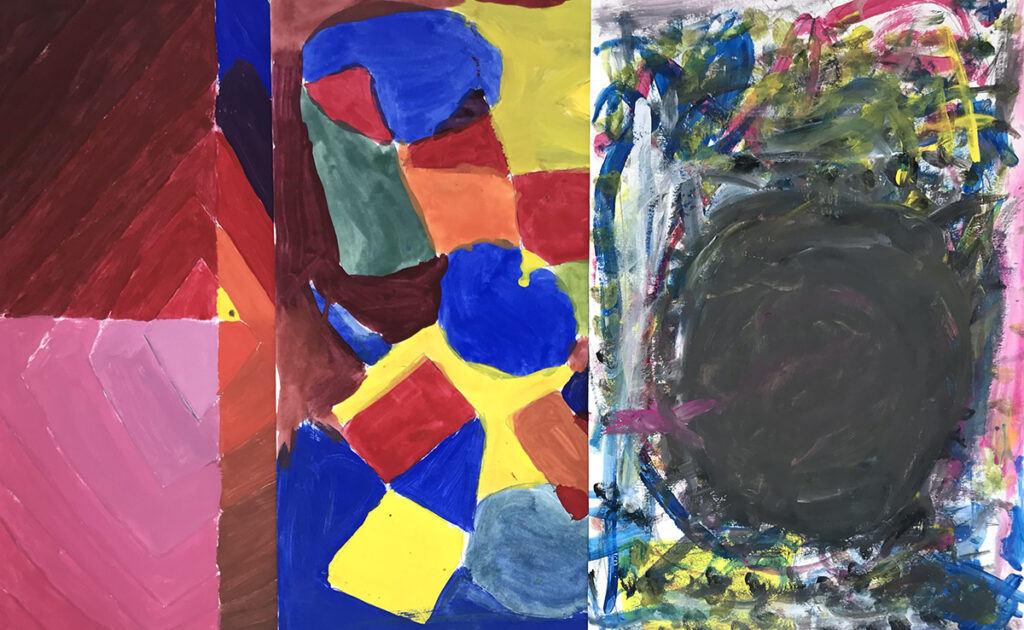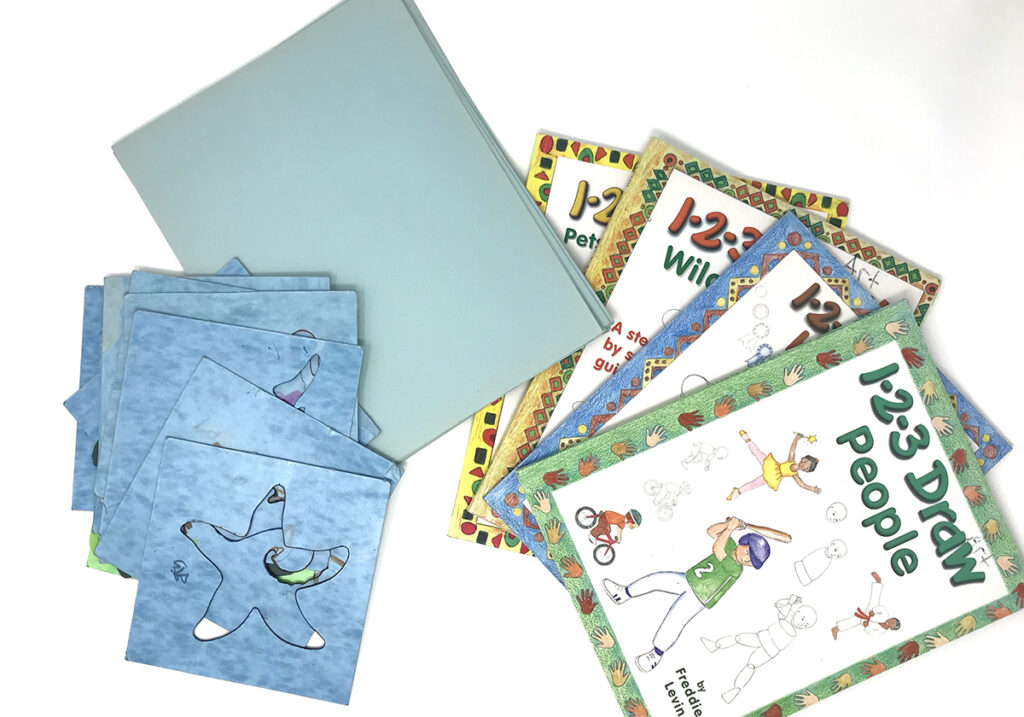
4 Key Factors to Determine the Length of an Art Project
As a professional artist, it might be tricky to decide when a piece of artwork is concluded. You can shell out times, months, or even many years perfecting a function of art. But, as artwork educators who get the job done with very little artists, spending years on one job is not an selection, specifically if you would like to go over multiple tactics or topics.
Many variables contribute to the length of a job, primarily in the wake of COVID-19 and technologies use. College students greater their tech time and decreased their bodily activity. This has led to a obvious alter in consideration span as very well as inspiration. A phone to educators just about everywhere has been built to get pupils far more physically energetic and emotionally and mentally stable and controlled. This suggests artwork can save the working day! It is properly-researched that artmaking has quite a few physiological, mental, and social benefits. Art can reduced blood strain, minimize tension, advertise brain improvement, and offer a sense of social togetherness.
All that staying claimed, how do we provide a lesson to our college students in a well timed manner that provides ample time for exploration and experimentation and is rigorous with adequate content material to “chew” on? How do we balance that with a lesson that does not drag out and end result in boredom and a reduction of fascination? The remedy is to hold the adhering to issues in brain: the developmental age of your pupils, the sort of project you are making, your timetable, and any looming deadlines.
Let us seem at 4 key parts to think about when identifying the duration of a challenge.

1. Age and Advancement
The initial important thing to take into consideration is to know the developmental age of your pupils. Referencing Viktor Lowenfeld’s Phases of Innovative Improvement is almost certainly 1 of the greatest issues you can use! Usually speaking, the young the scholar, the shorter the time frame must be for a job. For case in point, learners in the Scribble Stage may well end a task in 20 minutes and have to have a further activity to do afterward. On the other hand, a university student in the Pseudo-Realism Phase may well need to have numerous days to finish a piece due to the level of depth and approach they want to go after their inventive plans and fulfill the lesson’s goals.
Right here are the stages at a glance:
- Scribble Stage (ages 2–4)
- Preschematic Phase (ages 4–7)
- Schematic Phase (ages 7–9)
- Pre-Realism Phase (ages 9–11)
- Pseudo-Realism Stage (ages 11–13)
- Determination-Earning Stage (ages 14 and up)
2. Form of Undertaking
As soon as the developmental age of your learners has been established, think about the sort of job pupils will develop. Think about sitting down and earning the project your self to start with to decide the troublespots and the very best method for the lesson. Keep track of how lengthy it will take you to end an case in point. Trying to keep your students’ developmental age in intellect, you can make the get in touch with on how lengthy the venture should choose. This is a little bit like backward structure for lesson organizing.
For instance, if it took you 30 minutes as a specialist artist to make a portray, a third grader in the Schematic Phase might have to have at least 60 minutes. Element in getting college students seated, training the lesson, handing out supplies, and cleaning up at the close of the period of time, and you could be seeking at needing 90–120 minutes. If you are new to instructing, this can consider some finesse and trial and error. But once you get the ball rolling and execute this structure course of action a number of occasions, predicting the timing of a new lesson will occur far more obviously.
3. Your Agenda
As artwork academics, time is usually of the essence, and there under no circumstances seems to be adequate of it. As a result, your timetable, interval lengths, and course rotations tremendously have an impact on the duration of your assignments. Let’s say you see your elementary courses as soon as a week for 50 minutes. If a paper sculpture lesson will acquire the pupils at least 120 minutes, you need to have to block out 3 art lessons. In your at the time-a-7 days timetable, that is technically a few weeks. This can look like just one day for the introduction and partial make, the 2nd day for the completion of the make, and the past working day to incorporate coloration or ending touches and mirror. Review your distinct program to break down the various parts of your lesson.
4. Deadlines
At times, outdoors forces can figure out how extended a undertaking is. Maybe the task is aspect of a even bigger school function, like a faculty engage in. Possibly your administrator requests a task with a confined deadline or you enter artwork into a university or statewide art demonstrate. Report playing cards and quality deadlines also play a element. Therefore, have foresight for how very long a project will get if you are trying to include it in just a unique grading window. It is often greatest to give by yourself a buffer for unanticipated or unforeseen conditions like finding ill, shock assemblies, or calamity days.
What about college students who even now finish early?
Scheduling a venture takes time, ahead-thinking, projection, and other multifaceted issues. But even the most strategic, methodical art trainer must be ready for early finishers! You might have a circumstance exactly where learners finish early on the closing day of a challenge, or complete lessons are finishing a projected three-working day lesson in two times. Constantly be geared up with backup programs. This will seem unique depending on the structure of your class and situation.

In this article is a checklist of tips to assist you with early finishers:
- Add embellishments to the operate.
- Strategy supplemental demands. For case in point, if the job was puppets, students can make a track record for the puppet applying cardboard and then script and complete a class puppet show!
- Supply free choice stations like totally free draw, origami, how-to-attract publications, coloring webpages, or these “Finish the Picture” prompts.
- Give age-correct video games or toys this kind of as plastic developing bricks, blocks, puzzles, or participate in dough.
- Allow for tech time with a list of ideal internet websites for them to use. For instance, learners can make things working with Canva, Tinkercad, or even Google Attract for some exciting electronic art time.
- Assign distinctive careers. Let us facial area it—there is always a good deal to do, and pupils enjoy to help!
- Look at out this Professional Pack, Procedures for Early Finishers.
- Hear to this podcast, “What Do We Do with All those Early Finishers? (Ep. 015).”

Even nevertheless we face new problems in our publish-COVID globe, we can nonetheless system meaningful artwork lessons to help our pupils build up lengthier interest spans. Retain the age and progress of your learners in head when building your classes. Place yourself in their sneakers, use backward design, and make challenge illustrations prior to preparing new material. Once more, even if you execute your lesson plan completely, there will be occasions when flexibility is desired thanks to unforeseen instances or the requires of your little artists. Just like we explain to our learners, embrace the problems and use them to notify long term growth!
What variations have you noticed in your lessons pre- and write-up-COVID?
How else do you establish how long a venture ought to be?
